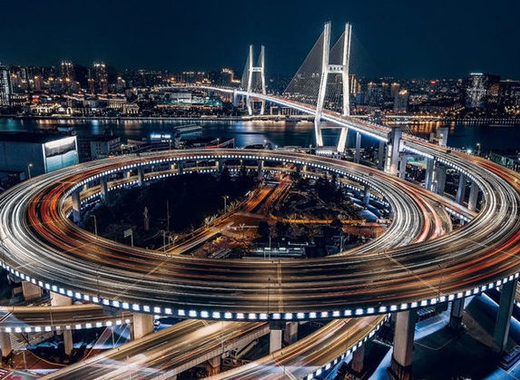↑ Source: Telelink City
Building smarter cities through a sequence of simple steps within an over-arching masterplan to ensure that data is managed in a coherent and upgradable fashion has become increasingly vital. Digital citizenship is also an important aspect of future cities of which this article considers.
 16 June 2020
16 June 2020
Smart Solutions For Smart Cities: Where To Begin?
A few simple steps can make your city smarter. Learn what they are.
The talk about smart cities is big right now – boosted by the COVID-19 threat, it has reached even the most far-flung corners of the Earth. Small and mid-sized towns are beginning to consider the move towards smart technologies, while the rapidly growing urbanization is the driving force behind the digital transformation of larger cities.
How does city management decide what technologies to implement first? What are the imminent needs of a city and how do we tackle them in order to create a functioning smart ecosystem instead of a fragmented one? Let’s find out!
How to find valuable, actionable data to back up your smart plan
One of the underlying principles of taking smart decisions is making informed decisions. This is where big data comes in – and this is the first step of the process, prior to investing in any big projects.
In order to gather data, IoT sensors and various monitoring tools can be installed to create an overview of the areas where a city needs improvement. From traffic monitoring to air pollution monitoring, aggregated data can give a glimpse into all the ways city management can interact with the systems in place in order to improve the citizens’ lives.
Citizens are also an important source of information. By utilizing easy and intuitive apps for digital citizenship, municipalities can create an open conversation that will pinpoint the strategic problems that matter the most to people.
Start slow, build trust, expand & grow smart
There are only a few cities across the globe that went big on smart solutions from the beginning – scaling quickly and investing heavily in bringing new technology into every possible aspect of life. Singapore is one such example.
But Singapore perhaps sets the bar a bit too high, and most cities decide to grow one element of their infrastructure at a time anyway. So, where do you begin?
Here’s where big data and public opinion come into play. At the intersection of these two is the sweet spot of the smart innovation that can influence people’s lives the quickest, thus improving their satisfaction with city life and their openness towards other smart innovations.
For many cities across the globe, this is mobility – implementing a better public transit system that is both easy to use and cost-effective. A connected public transport network can help people save time that they can then spend on their favourite activities, and can even improve the ecological footprint of the whole city.
Speaking of which, another area of improvement, especially in megapolises, is air quality. Polluted air can influence not only the lifestyle of people (forcing them to wear respirator masks) but also their health. By working to improve air quality, city management is actively working towards improving the health of citizens.
What about connectivity?
Improving the connectivity in a city is a must from the onset of any smart endeavour – from introducing a quick and reliable mobile and Wi-Fi connection to consolidating all existing monitoring systems and sensors into a single unit of centralised data collection. By doing this, city management can quickly improve traffic, relocate public transit assets, affect decisions related to air quality, redistribute parking spots, and much more.
The driving force behind this change can be a perhaps shocking part of the city’s infrastructure – namely lighting poles. The new smart poles can be fitted with various sensors and wireless connection to transmit real-time data. This will contribute to an integrated data stream that can then help municipalities make informed decisions right when they’re needed.
Intelligent technologies beyond the megapolises
We are accustomed to hearing the smart stories of big cities, but mid-sized – and even small ones, also have the potential to take the step towards new technologies. In every city, there are areas that can be significantly improved with the help of modern solutions that are already available on the market.
Ready to start exploring the options? Let us help you with a one-on-one consultation – contact us today!
Telelink City can partner with global and local institutions to efficiently integrate this solution in your city.
This article was originally published on: https://telelink-city.com/smart-solutions-for-smart-cities-where-to-begin/
TheMayor.EU stands against fake news and disinformation. If you encounter such texts and materials online, contact us at info@themayor.eu




Recent Comments